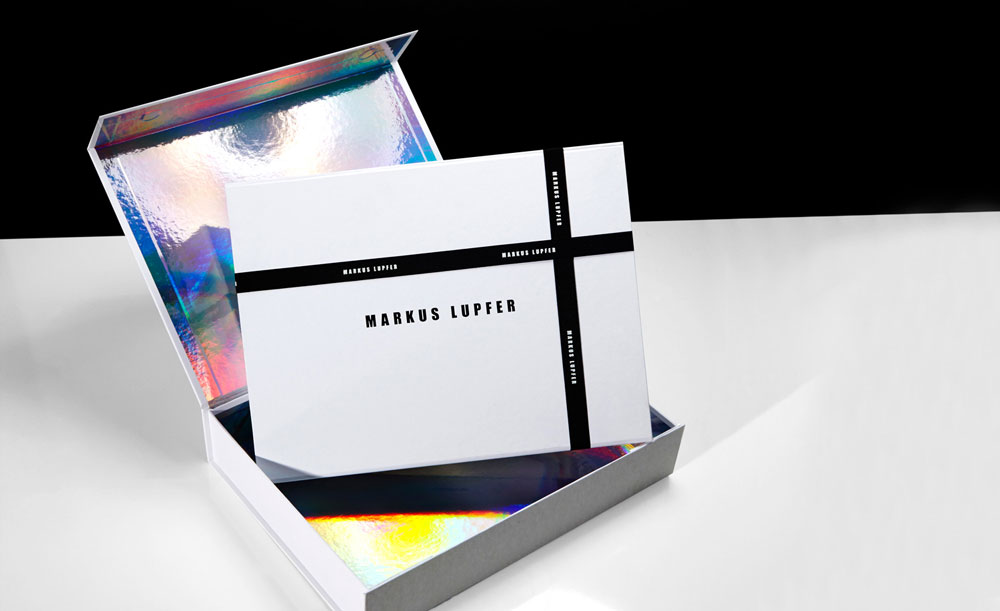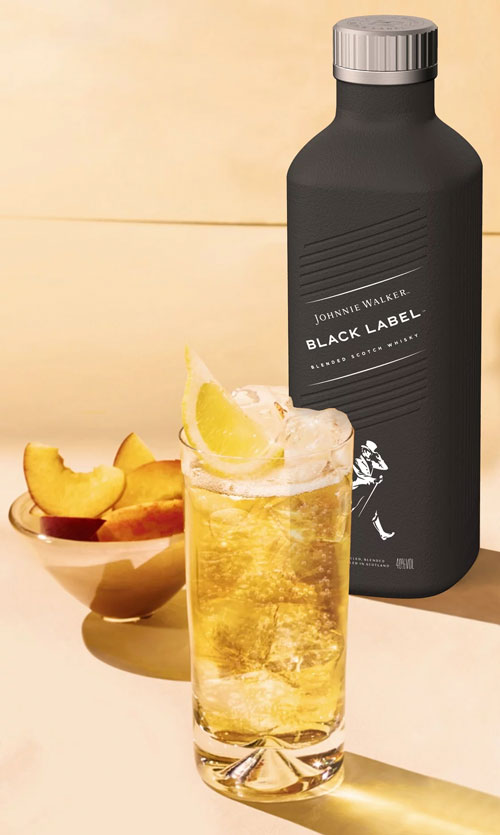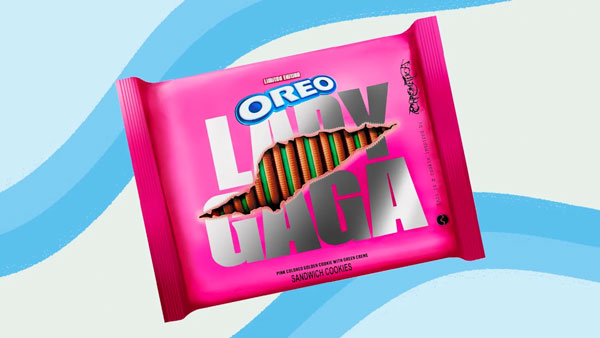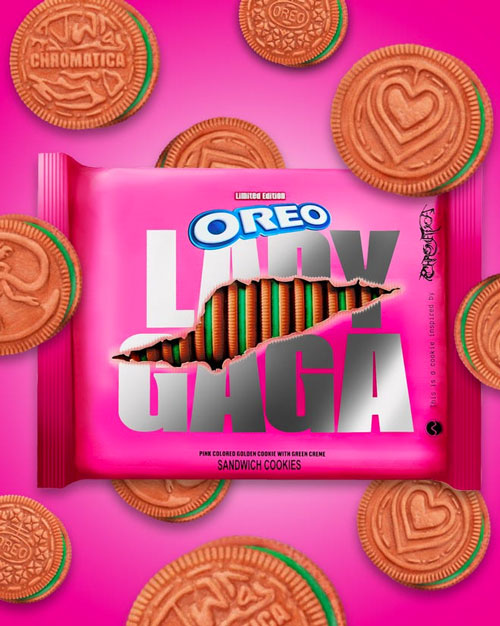The first few months of 2021 have come and gone, and much like 2020, this year has presented challenges for many industries. The good news in the packaging industry, though, is that as packagers and designers continue to acclimate, their solutions have gotten more creative. In our report at the beginning of the year, we closely examined a handful of trends that will prove to be prevalent in 2021. Since then, we’ve kept an eye on the industry and are seeing some noteworthy momentum.
The packaging trends we’ll be looking at below show how product packaging is a crucial and an oft-underutilized element of successfully connecting consumers with products and brands. That challenge has become more apparent during the pandemic, but the creativity and resilience of packaging designers is now on full display. Below, check out 5 emerging packaging trends (with plenty of examples) that you should check out for inspiration.
1. CHOOSING THE BEST COLOR TO STAND OUT FROM THE CROWD
Color will play a huge role in the future of packaging design. You’ve heard the classic color psychology stories—red makes people hungry, blue is trustworthy, purple denotes a sense of royalty…the list goes on. It’s a great idea for brands to keep color psychology in mind when considering what colors to use on their packaging, even if the color you choose might go against the grain.
The first example is Markus Lupfer’s distinctive e-commerce packaging. The outside of the luxury brand’s collapsible, magnetic boxes is unassuming—a simple white box with a black ribbon. The real surprise comes when the box is opened, revealing a dazzling and unforgettable holographic lining that perfectly complements the famous fashion brand’s “unique retake on everyday basics.”
There has been a noticeable uptick in packaging designs that make good use of solid color where you might not expect it. Ertha’s tea boxes are seriously bold for a calming CBD brand, and the Greek-goddess-like woman on the front of the box isn’t your classic white marble—she’s just as bright as the rest of the box.
Tándem’s pastel-colored olive oil bottles sure stand out from the typical dark green you’d see in the grocery store, and then there’s Ingredients Matter, a cleaning company that released laundry soap packaging with bright tints of purple, yellow, and blue that you normally wouldn’t expect in the laundry aisle.
For a final example, check out the packaging for Amāre the Label’s swimwear line. Where many luxury fashion brands go for more muted shades, Amāre’s boxes are covered in gorgeously bright ombrés, accentuated only minimally by a gold foil logo and text on the side. The boxes are so beautiful they seem to glow, making them both exciting and memorable—the perfect way to stand out in the competitive fashion world.
2. PACKAGING DESIGNS THAT BELONG IN AN ART GALLERY
Some of the most compelling packaging designs these days may make you confuse a visit to the store with a trip to MoMA. There are the colorful boxes for Miller Harris’ Scherzo and Tender perfumes, the branding and design inspired by F. Scott Fitzgerald’s Tender in the Night. A kaleidoscopic, colorful flower drips across the box, and the subtle, reflective splash of text elevates the box’s elegance. The design was so gorgeous and noteworthy it was shortlisted for a Clio Award.
To create amazing packaging, many brands opt to collaborate with a well-known artist. According to Packaging Europe, “Perrier has a 150-year history of collaborating with influential artists, including Andy Warhol, Salvador Dalí, and Bernard Villemot,” among others. In October 2020, Perrier kept up the tradition and released a limited-edition bottle covered in Japanese artist Takashi Murakami’s iconic smiling flowers. The brand plans to apply Murakami’s designs to the packaging for its other products as well in the near future.
Another is cosmetics brand, Rodin Olio Lusso. The art on the packaging boxes for its Aurora collection and Mermaid collection was painted by Donald Robertson—his soft brushstrokes create a gorgeous interpretation of the Roman goddess and the fabled sea creature, respectively, and result in a stunning packaging project.
Other brands have focused on celebrating consumer-sourced artwork, building excitement via design competitions. Pabst Blue Ribbon’s art can contest has been growing in popularity over the last decade, and in 2020, the brand received over 4,000 submissions. The winning design is printed on a special-edition PBR can—you can check out the awesome graphic design by the most recent winner, Ashley Dreyfus, here.
3. THE RISE OF NON-TRADITIONAL PAPER-BASED PACKAGING & SUSTAINABILITY
In recent years, sustainability has become a key priority for consumers. Naturally, brands are following suit—one of the most popular packaging trends has been the shift towards paper-based packaging that enables better recycling practices. This has been especially prevalent in glass- and plastic-heavy industries like liquor, interestingly enough!
In late 2020, high-end champagne house Perrier-Jouët announced a new line of fully recyclable, eco-friendly gift boxes following two years of research and development. Their aim was to balance a “minimalist aesthetic with a focus on sustainability;” marrying two trends we’ve discussed before in wonderful fashion. The box itself is made from natural fiber sourced from sustainable forests and uses water-based ink.
Furthermore, paper bottles could become a new industry standard. Major names like Johnnie Walker have planned to debut 100% plastic-free, paper-based bottles made from sustainably sourced wood. The famous brand’s bottles still maintain the sleek branding known to consumers worldwide, but now they come with an added peace of mind for eco-conscious consumers.
Carlsberg beer is also preparing to take its signature “green” bottles a step further. The prototypes that they’ve created after years of intensive research feature recognizable green branding, iconography, and fonts, but now its beers will be encased in a new, fiber-based paper bottle.
The shift to paper-based packaging is not limited to the liquor industry. Yuan Fu Dao Tian packages its rice into beautifully designed paper boxes with a paper tie. Each box also features scenic illustrations of the egrets and the Yongan village in the mountains, where the rice is sourced, celebrating the natural world and perfectly complimenting the brand’s eco-friendly packaging choice.
But wait, there’s more! KAI, a Japanese razor brand, plans on launching new, foldable, 98% plastic-free disposable razors made of durable cardstock on April 22, 2021—Earth Day. Sustainability benefits aside, the advent of all of these paper-based products is also a great sign for many brands in industries that were previously limited to less “designable” packaging pieces. Paper packaging is extremely versatile, allowing brands to feature standout designs and awesome lamination effects.
4. GENERATING BUZZ VIA CELEBRITY-INSPIRED PACKAGING
Celebrity endorsements have always been an incredibly effective way to generate buzz around a product. One of the most famous of these partnerships was Nike’s decision to partner with Michael Jordan in 1984, helping it grow into one of the most valuable and widely recognized shoe brands in the world. The Nike checkmark isn’t the only iconic symbol of the brand, so is the silhouette of Jordan featured on many of its shoe box designs. Today, many brands are still taking advantage of the power of partnerships, taking it a step further by designing unique, celebrity-inspired packaging.
Just this year, Oreo released a new limited-edition cookie inspired by Lady Gaga’s latest album release, Chromatica. The Oreos come in bold, Gaga-esque packaging—the bright pink wrapper glistens with a metallic silver “LADY GAGA” on the front, and the graphic on top of her name makes the package look like it’s been ripped open, displaying an image of the pink and green cookies inside.
The package also comes with a QR code that takes users to Oreo’s “Sing it With Oreo” website, giving them an opportunity to transform a kind message into a song to send to a friend, affectionately dubbed as an “Oreogram.” The packaging appeals to Lady Gaga’s millions of Little Monsters fans and can easily be saved as a collectable long after the cookies are gone.
Another brand that has garnered a lot of buzz through celebrity packaging is 19 Crimes. Founded in 2012, the wine brand was making waves due to its remarkable AR capabilities—using the 19 Crimes app, each person on the label will come to life and tell you their story.
It was in 2020, however, that the wine label launched its most successful wine yet—the Snoop Cali Red. People were excited to buy a wine that enabled Snoop Dogg to come to life through AR, and now the brand is launching a new experience—Ask the Doggfather. Once a bottle is scanned, the user can ask Snoop Dogg any question and get an answer, taking the appeal of smart packaging up a notch by allowing wine drinkers to not just listen to Snoop Dogg, but to have a conversation.
5. FOLLOWING SMART PACKAGING TRENDS TO MAKE YOU SMARTER
In 2020, the smart packaging market was valued at $38.16 billion dollars. That’s a lot of dollars. But forecasts have the number spiking up to $48.72 billion by 2026. This number alone shows how exciting the innovations in packaging are for brands and consumers alike, and companies are testing the smart packaging waters more and more. Especially as we navigate the pandemic, tech-forward packaging solutions are getting an unprecedented moment in the sun, even with additions as simple as a printed code.
Beauty brand Cocokind has shown how simple it can be to add smart features through their brand-new packaging. The box features a QR code that immediately grants users access to key sustainability facts about the product. This highlights the vast potential smart packaging has to incorporate and build upon other key packaging trends. Plus, the unobtrusive feature allowed Cocokind to keep intact its beautiful packaging, simple text, sparse iconography, and solid color swatches.
In a similar fashion, Yeo Valley, Britain’s largest organic farming and dairy company, recently overhauled their entire product catalogue to feature smart, phone-scannable packaging that allows consumers to claim rewards points, learn about the brand’s nature-first initiatives, and more—all without straying from the recognizable branding on the packaging.
Yet another fantastic blend of sustainability initiatives and smart packaging is Knog’s new product packaging line. The popular outdoor and cycling gear eliminated clear plastic windows, and instead opted for printed paper packaging that features product pictures, with an augmented reality experience that allows users to inspect the product virtually before taking it out of the box.
PACKAGING TRENDS AND A BRIGHT HORIZON
The challenges of the past year have been a catalyst to countless innovations, and the packaging industry is no exception. The industry is putting its foot on the gas pedal when it comes to taking on bold new design approaches, incorporating smart elements, new materials, and other approaches. Ultimately, signs point to broader recognition of the importance of packaging not just as a casing for products, but as a part of the experience that’ll drive success.
















